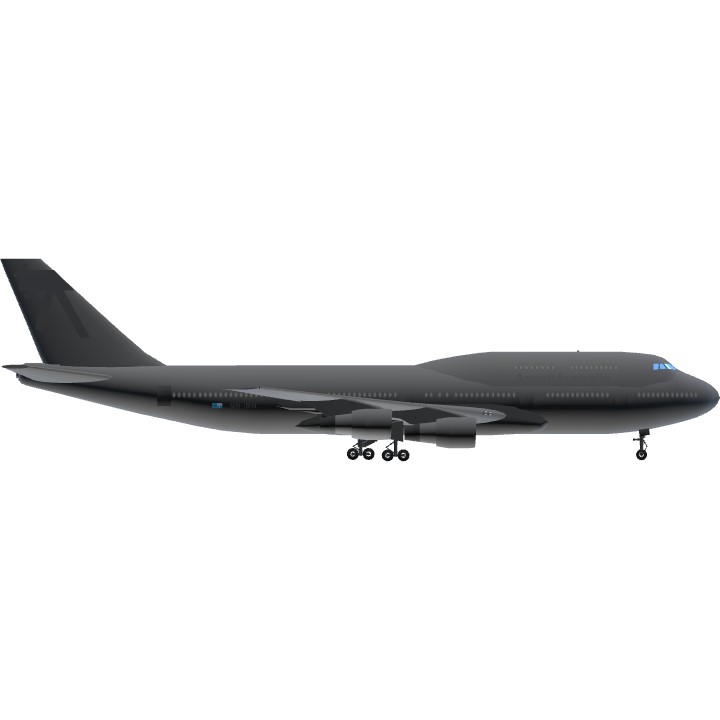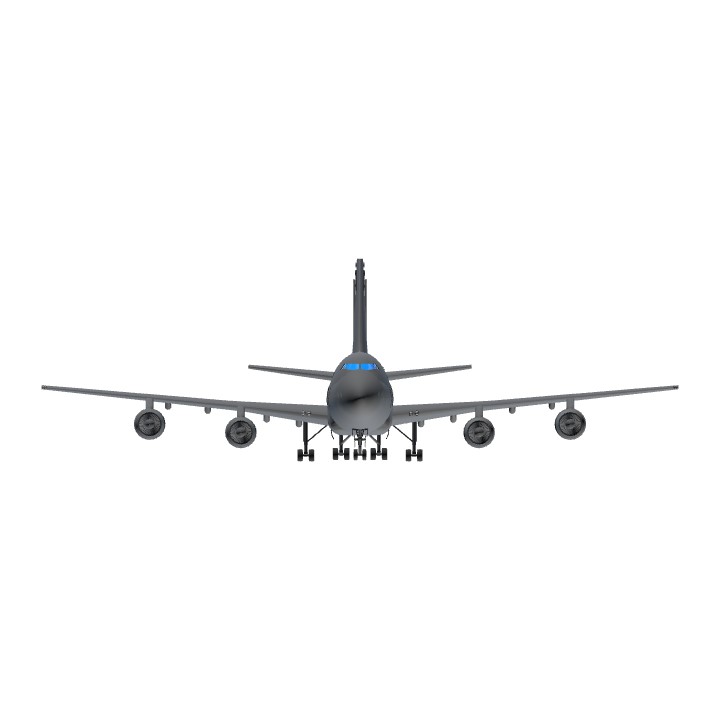About Ansett Australia flight 881:
Ansett flight 881 departed Sydney at 10:07 for a flight to Osaka. The technical crew consisted of a very experienced (B747) pilot in command who was also acting as a training pilot, an experienced co-pilot who had not yet completed his line training on the B747, and an experienced but newly B747-rated flight engineer who was on his first revenue flight as a qualified B747 flight engineer. Approximately one hour after departure the crew shut down the number one engine because of an oil leak. They returned the aircraft to Sydney where the approach proceeded normally until the landing gear was selected. With selection of the landing gear and selection of the flap beyond a setting of flaps 20, the landing gear warning horn began to sound because the nose landing
gear had not extended. The flight crew unsuccessfully attempted to establish the reason for the warning. Believing the gear to be down, the crew elected to complete the landing, with the result that the aircraft was landed with the nose gear retracted. There was no fire and the pilot in command decided not to initiate an emergency evacuation.
The investigation found that the oil loss was caused by the failure of a threaded insert used to retain the engine angle gearbox housing cover. The cover came loose, allowing oil to escape. An opportunity to action service bulletin SB JT9D-7R4-72-410, which would have prevented the oil leak had not been taken. Although the same engine is used on a number of aircraft approved for extended range operations over water, the manufacturer had not made the incorporation of this service bulletin mandatory. The owners of an aircraft can elect not to action a manufacturer?s recommendation to incorporate a service bulletin.
An unexplained reduction in air-driven hydraulic pump output caused slower than expected operation of the number one hydraulic system. The system may still have been capable of extending all the landing gear, given adequate time. However, the aircraft landed before the system could complete the landing gear extension.
The flight crew had the opportunity to recognize and correct the landing gear problem prior to landing. The pilot in command attempted to determine the actual landing gear situation from the flight engineer. Although the flight engineer?s panel indicated the nose gear was not down and locked, the flight engineer did not recognize this and subsequent communication and co-ordination between the flight crew failed to detect this error.
During the latter part of the flight, the crew did not adequately manage the operation of the aircraft. The crew?s performance reflected a lack of effective crew resource management, the crew?s lack of knowledge about some of the company?s procedures for B747 operations, the flight engineer?s and the co-pilot?s lack of experience in the B747 and perceived pressure. A review of events associated with the introduction of the B747 indicated that organizational
factors involving both Ansett and the Civil Aviation Authority led to a situation where there was increased potential for an accident of this nature to occur. These factors included deficiencies in the planning and implementation of the introduction program for the new aircraft, particularly with respect to manuals, procedures and line training. In addition, all regulatory requirements were not observed, nor were they enforced.
The flight crew?s performance combined with the organizational factors to breach defenses that had been put in place to ensure the safety of regular public transport operations in high capacity aircraft.
Probably cause:
SIGNIFICANT FACTORS:
1. Adequate steps had not been taken by the engine manufacturer to correct a known deficiency with the angle gearbox inserts. This led to the number one engine being shut down due to a loss of oil.
2. During the accident approach, reduced output from the air-driven hydraulic pump system severely degraded the capability of the number one hydraulic system to extend the nose landing gear in the time remaining between landing gear selection and the aircraft?s touchdown.
3. The flight engineer did not perceive that one of the five gear annunciator lights on his panel was not illuminated when he was asked to check their status.
4. The pilot in command interpreted the information initially supplied by the flight engineer as indicating that the gear was extended. From this point the pilot in command maintained a mindset which influenced his further decisions and actions.
5. The co-pilot heard the conversation concerning the analysis of the landing gear between the pilot in command and the flight engineer, and formed the same conclusions as the pilot in command with regard to the status of the gear.
6. The crew?s erroneous perception of the gear status was not corrected by subsequent communications nor by the effective use of crew resource management principles and practices.
7. A go-around was not initiated despite the continuation of warning indications, the approach not being stable and apparent unresolved ambiguity of the situation.
8. Significant local factors influencing crew performance were:
- The crew composition set up a steep differential in crew experience levels which resulted in a degree of the co-pilot?s and the flight engineer?s responsibilities being relegated to the pilot in command and in the pilot in command assuming some of those responsibilities without discussion.
- The flight engineer?s training did not adequately prepare him for the circumstances of the accident flight which probably contributed to him not recognising that the nose landing gear light was not illuminated.
- The crew was not using intercom for intra-cockpit communications. This probably contributed to a misunderstanding of communications between crew members.
- There was a lack of a definition of a stabilised approach in Ansett?s manuals.
- Subtle pressure which arose from the crew being aware only of the option to transfer to an alternative aircraft and complete the flight in their remaining duty time, probably motivated them to continue with the landing to save time.
- The design of the landing gear annunciator display on the flight engineers? panel was deficient. A flight engineer was required to detect a missing light as an indicator of a problem and the layout of the lights could present misleading information if the flight engineer possessed minimum skills or was under pressure.
9. Significant organisational factors contributing to the accident were:
- Commercial imperatives to arrive at Kansai Airport at its opening resulted in an accelerated introduction of the B747 aircraft into Ansett?s operations.
- Planning, implementation and management of the operational aspects of the aircraft introduction were deficient, particularly with respect to manuals and procedures, indoctrination/training of contract crew members, crew resource management training and flight training to the line.
- The Civil Aviation Authority issued the air operators certificates knowing that the requirements for their issue had not been fully met.
- A culture persisted in the Civil Aviation Authority which appeared to concentrate on assistance to the aviation industry in preference to regulation enforcement.
- Inadequate resources and training contributed to deficient handling of the approval processes for Ansett?s air operators certificates by the Melbourne office of the Civil Aviation Authority.
Tips:use AG7 to control the front landing gear
Specifications
General Characteristics
- Predecessor B747-400[PW]
- Created On iOS
- Wingspan 205.4ft (62.6m)
- Length 232.0ft (70.7m)
- Height 65.3ft (19.9m)
- Empty Weight N/A
- Loaded Weight 127,165lbs (57,681kg)
Performance
- Power/Weight Ratio 0.62
- Horse Power/Weight Ratio 0.047
- Wing Loading 17.7lbs/ft2 (86.3kg/m2)
- Wing Area 7,197.3ft2 (668.7m2)
- Drag Points 27209
Parts
- Number of Parts 630
- Control Surfaces 9
- Performance Cost 3,566




